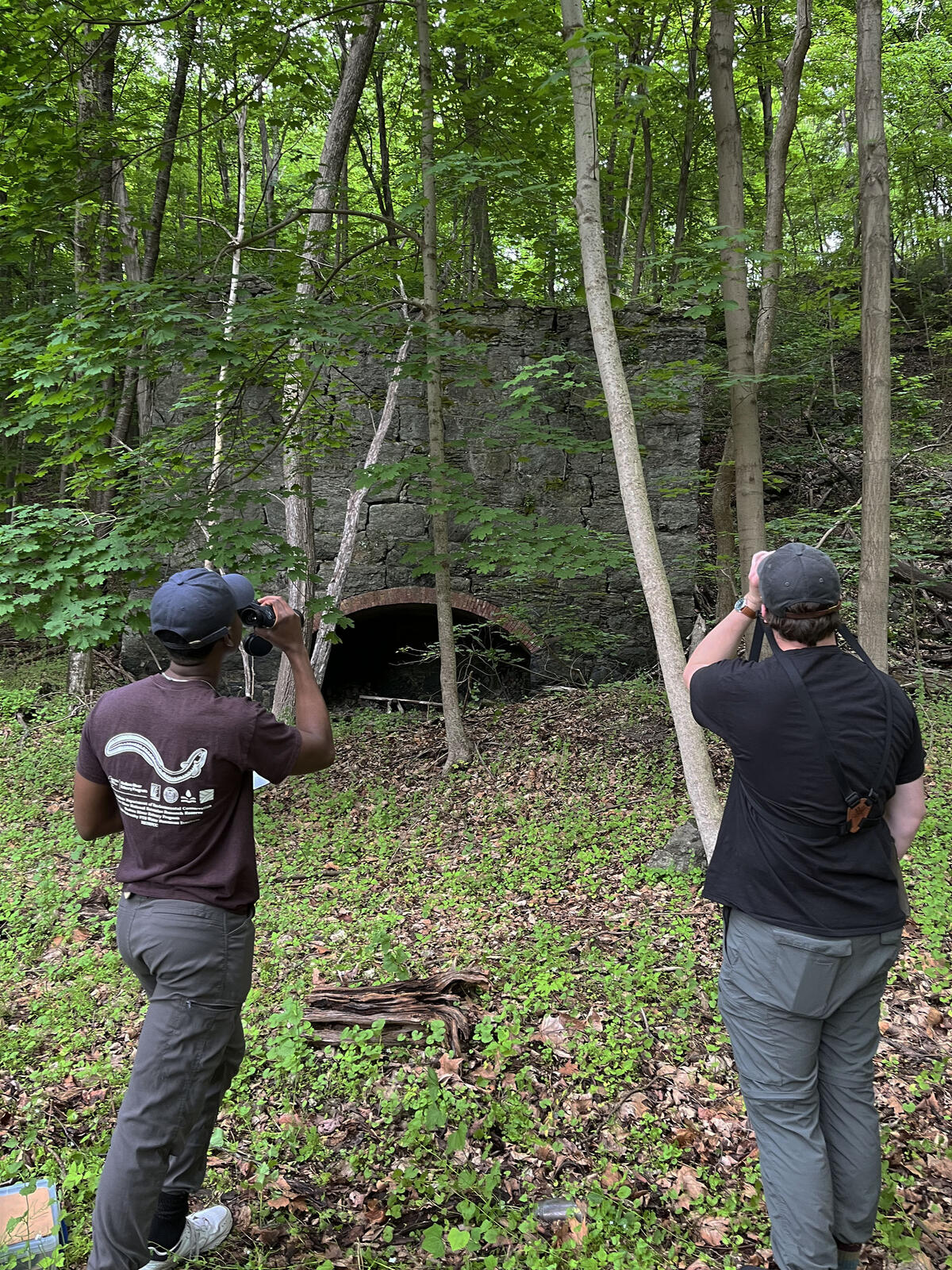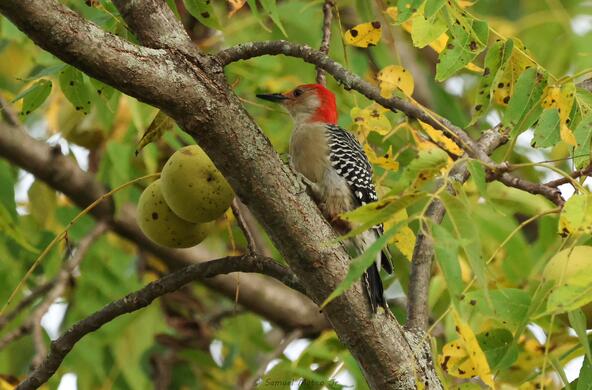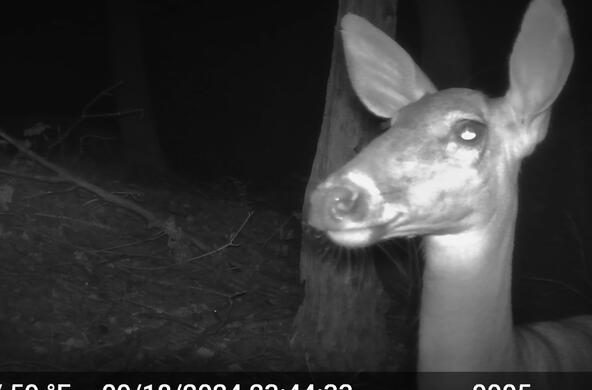
In an effort to reduce climate impacts, support biodiversity, and make cities more livable, many city governments across the US are investing in expanding and connecting their natural ('green') spaces. Shannon LaDeau is working with communities and urban planners to better understand how these initiatives influence what plant and animal species are present (biodiversity), how that biodiversity affects people, and how resilient these communities are in a changing climate.
In cities, large, old trees provide important ecosystem services, such as supporting a suite of animals and moderating climate impacts. But their distribution across the urban landscape reflects decades of human decision-making and investment. LaDeau’s work has shown that in Baltimore, large, old trees are often absent in neighborhoods where property values have been persistently devalued, resulting in a wealth-gap in equitable distribution of tree canopy cover and related ecosystem benefits. Effects are felt to this day, with recent work showing that even current investment in increasing canopy cover is greatest in locations where these old trees persist. Furthermore, LaDeau’s research has highlighted the importance of informal or unmaintained ‘greening’ in shaping wealth-based gradients of biodiversity function in Baltimore, Maryland.
This uneven distribution of urban vegetation and differences in maintenance of green spaces reflects an environmental injustice, with potentially important human health consequences. For example, LaDeau and her colleagues have found that less affluent areas of Baltimore have more and larger mosquitoes, linked in part with unmanaged vegetation, making these neighborhoods more vulnerable to mosquito-borne diseases.
Warmer and shorter winters have been associated with changing mosquito and tick population ranges and across the northeastern U.S. These same vector species are also increasingly observed in city parks and suburban recreation areas, and LaDeau’s research seeks to identify how these shifts affect changing human disease risk.
A new project in the Hudson Valley seeks to examine how urban biodiversity assembles, and what it may take to produce equitable and just urban conservation in a climate-changed future. In partnership with Scenic Hudson, LaDeau is measuring how changing green spaces impact plants, animals, and people in three cities in the Hudson Valley: Kingston, Newburgh, and Poughkeepsie. Using camera traps and a series of citizen science protocols, LaDeau is monitoring which plants and animals live across green spaces of different sizes and distances to intact forest. She is particularly interested to see how shifts in vegetation influence animal communities, including species that can carry tick-borne diseases.

- Publications



